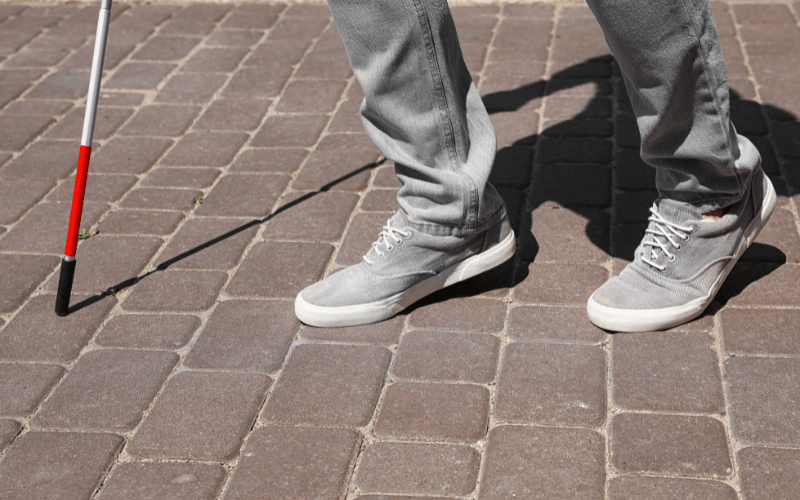4. Difficulty Walking: Navigating Mobility Challenges in RRMS

One of the more visible challenges that RRMS presents is the impediment in mobility, especially difficulty in walking. It isn’t just about a minor inconvenience; it’s a profound alteration in one’s ability to move freely.
The onset of mobility issues in RRMS often begins subtly. It might start with a slight dragging of a foot, a minor imbalance, or the occasional stumble.
For the untrained eye, these can seem like innocuous missteps. However, for the individual experiencing them, they’re the harbingers of the mobility challenges that RRMS can present.
The primary culprits behind these challenges are the damage to nerve pathways essential for movement and the interruptions in signals from the brain coordinating these movements. In RRMS, the protective covering of nerves, the myelin, gets damaged. This damage means that signals either get slowed down, distorted, or blocked altogether, leading to coordination and strength issues.
Interventions to manage this symptom are multifaceted. Physical therapy, for instance, plays a pivotal role. It aims to improve strength, restore function, and enhance mobility. (4)